
University of Wisconsin
Posted in NorthThe University of Wisconsin-Madison, more commonly known as the University of Wisconsin or just Wisconsin, is a public research university. It was the first public institute of higher education established in Wisconsin, and is the largest and oldest public university in the entire state. It has a huge campus (933 acres) which includes 4 National Historic Landmarks. There are approximately 29 000 undergraduates, 8710 graduates, and 2570 professional students enrolled at Wisconsin, and over 2000 faculty members are employed. It is considered to be “Public Ivy” – that is, a public institution that offers a similar education to Ivy League schools.
History
In 1838, the Wisconsin Territorial Legislature passed a law which incorporated an official University of the Wisconsin Territory. Nothing was actually accomplished, however, until Wisconsin became a state in 1848. Wisconsin’s first governor, Nelson Dewey, signed the act that officially created the University of Wisconsin, and in 1849, John H. Lathrop became the university’s first chancellor. Wisconsin is heavily influenced by the “Wisconsin Idea”, which was developed by Charles Van Hise in 1904 (the University President at the time). It suggests that the boundaries of the university should also be the boundaries of the state, and that the research conducted at the university should be applied to solve problems and improve life for all citizens of the state. During World War II, Wisconsin took part in the V-12 Navy College Training Program along with 130 other universities and colleges.
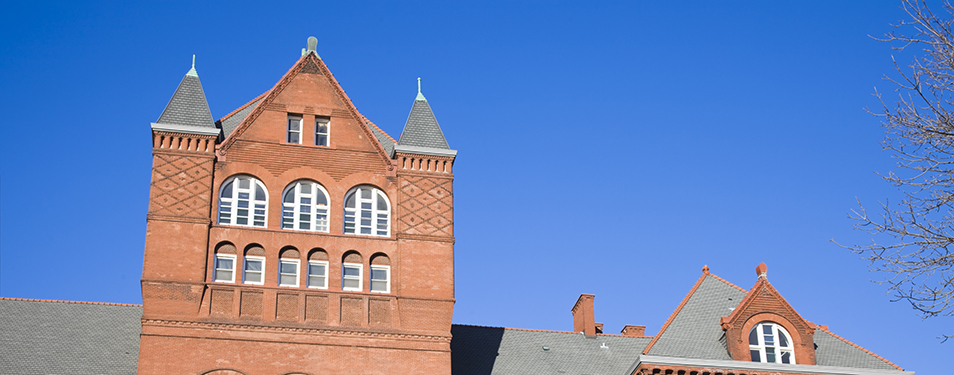
Programs
According to the U.S. News, the Wisconsin School of Education is the 10th best Education School in the United States, and has the #1 Curriculum and instruction and Educational psychology programs in the country. The School of Education enrolls approximately 2000 undergraduates each year, half of which are admitted to teacher preparation programs. The undergraduate school includes nine departments: Art, Educational Psychology, Counseling Psychology, Dance, Educational Policy Studies, Kinesiology, Curriculum and Instruction, Educational Leadership and Policy Analysis, and Special Education. The School of Education also offers graduate programs in more than a dozen areas, such as Counseling Psychology, Fine Art, K-12 Leadership, Curriculum and Instruction, Special Education, and Educational Policy Studies. The School’s Doctoral Research Program provides professional enrichment and development for doctoral students who wish to pursue a career in educational research. The Wisconsin School of Business offers focused research excellence and premium learning experiences to its students. It was one of the first 5 business programs in the United States. The undergraduate program is widely considered to be one of the best programs in the country. It is comprised of 10 majors, including Accounting, Marketing, and Management. The full time MBA combines a strong foundation of business principles with experience in one of the 10 designated areas of expertise, such as Accounting and Information Systems, Finance, Marketing, and Investment and Banking.
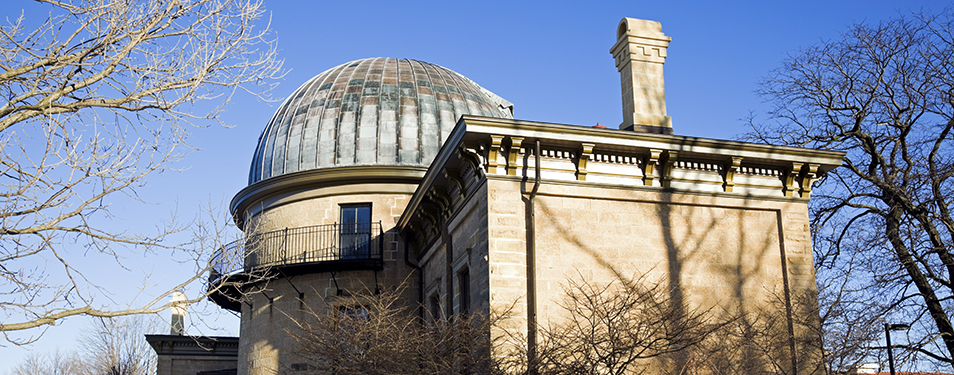
Pros & Cons
The University of Wisconsin is ranked 41st by the U.S. News rankings, but it is considered to be “Public Ivy”, which means it offers a similar education to Ivy League Schools. The acceptance rate of 50.5% is fairly selective, but nowhere near as selective as the Ivy League schools. Thus, for someone who wishes to receive an education comparable to that of an Ivy League school but may not have the grades or SAT scores to get in, the University of Wisconsin is an excellent choice. The in-state tuition of $10 384 is significantly cheaper than the tuition for Ivy League schools (although the out of state tuition is $26 634). The student-faculty ratio is 17:1, which is good, but not as good as an Ivy League school. Wisconsin has the reputation of one of the top party schools in the country and has a very active social scene and Greek life, which could be a huge positive for some students.

 Northwestern University
Northwestern University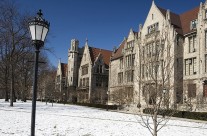 University of Chicago
University of Chicago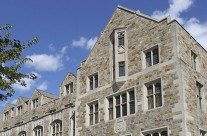 University of Michigan
University of Michigan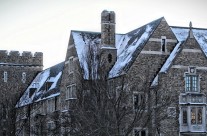 University of Notre Dame
University of Notre Dame University of Wisconsin
University of Wisconsin